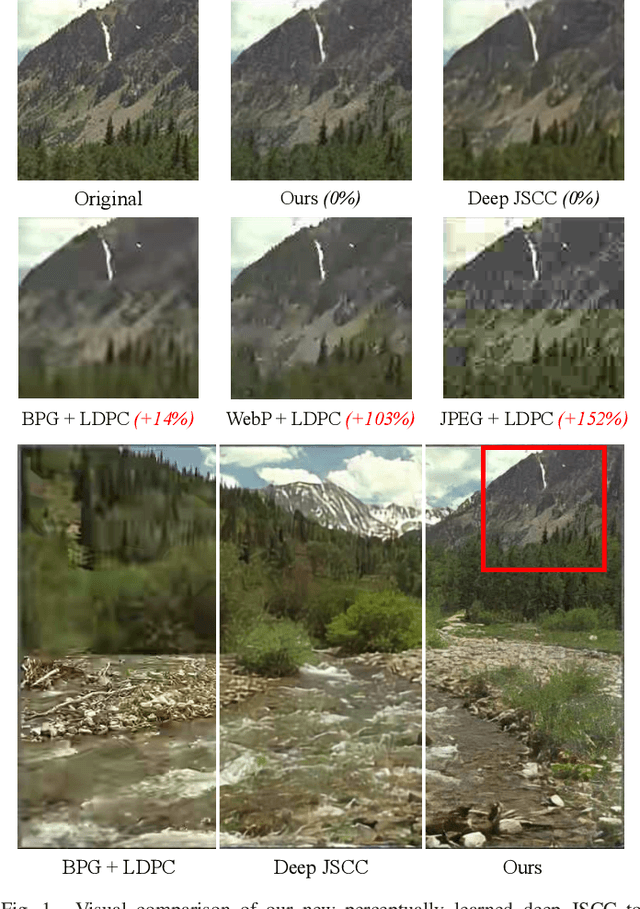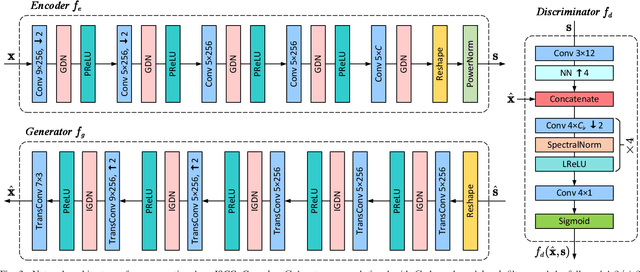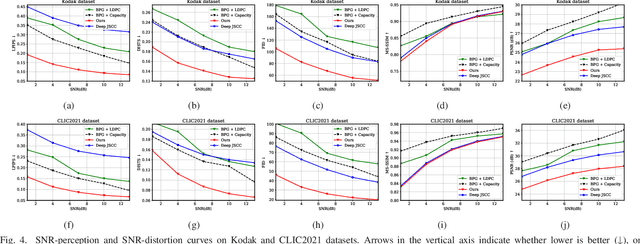Dekun Zhou
Efficient Sparse PCA via Block-Diagonalization
Oct 18, 2024



Abstract:Sparse Principal Component Analysis (Sparse PCA) is a pivotal tool in data analysis and dimensionality reduction. However, Sparse PCA is a challenging problem in both theory and practice: it is known to be NP-hard and current exact methods generally require exponential runtime. In this paper, we propose a novel framework to efficiently approximate Sparse PCA by (i) approximating the general input covariance matrix with a re-sorted block-diagonal matrix, (ii) solving the Sparse PCA sub-problem in each block, and (iii) reconstructing the solution to the original problem. Our framework is simple and powerful: it can leverage any off-the-shelf Sparse PCA algorithm and achieve significant computational speedups, with a minor additive error that is linear in the approximation error of the block-diagonal matrix. Suppose $g(k, d)$ is the runtime of an algorithm (approximately) solving Sparse PCA in dimension $d$ and with sparsity value $k$. Our framework, when integrated with this algorithm, reduces the runtime to $\mathcal{O}\left(\frac{d}{d^\star} \cdot g(k, d^\star) + d^2\right)$, where $d^\star \leq d$ is the largest block size of the block-diagonal matrix. For instance, integrating our framework with the Branch-and-Bound algorithm reduces the complexity from $g(k, d) = \mathcal{O}(k^3\cdot d^k)$ to $\mathcal{O}(k^3\cdot d \cdot (d^\star)^{k-1})$, demonstrating exponential speedups if $d^\star$ is small. We perform large-scale evaluations on many real-world datasets: for exact Sparse PCA algorithm, our method achieves an average speedup factor of 93.77, while maintaining an average approximation error of 2.15%; for approximate Sparse PCA algorithm, our method achieves an average speedup factor of 6.77 and an average approximation error of merely 0.37%.
Perceptual Learned Source-Channel Coding for High-Fidelity Image Semantic Transmission
May 26, 2022



Abstract:As one novel approach to realize end-to-end wireless image semantic transmission, deep learning-based joint source-channel coding (deep JSCC) method is emerging in both deep learning and communication communities. However, current deep JSCC image transmission systems are typically optimized for traditional distortion metrics such as peak signal-to-noise ratio (PSNR) or multi-scale structural similarity (MS-SSIM). But for low transmission rates, due to the imperfect wireless channel, these distortion metrics lose significance as they favor pixel-wise preservation. To account for human visual perception in semantic communications, it is of great importance to develop new deep JSCC systems optimized beyond traditional PSNR and MS-SSIM metrics. In this paper, we introduce adversarial losses to optimize deep JSCC, which tends to preserve global semantic information and local texture. Our new deep JSCC architecture combines encoder, wireless channel, decoder/generator, and discriminator, which are jointly learned under both perceptual and adversarial losses. Our method yields human visually much more pleasing results than state-of-the-art engineered image coded transmission systems and traditional deep JSCC systems. A user study confirms that achieving the perceptually similar end-to-end image transmission quality, the proposed method can save about 50\% wireless channel bandwidth cost.
 Add to Chrome
Add to Chrome Add to Firefox
Add to Firefox Add to Edge
Add to Edge